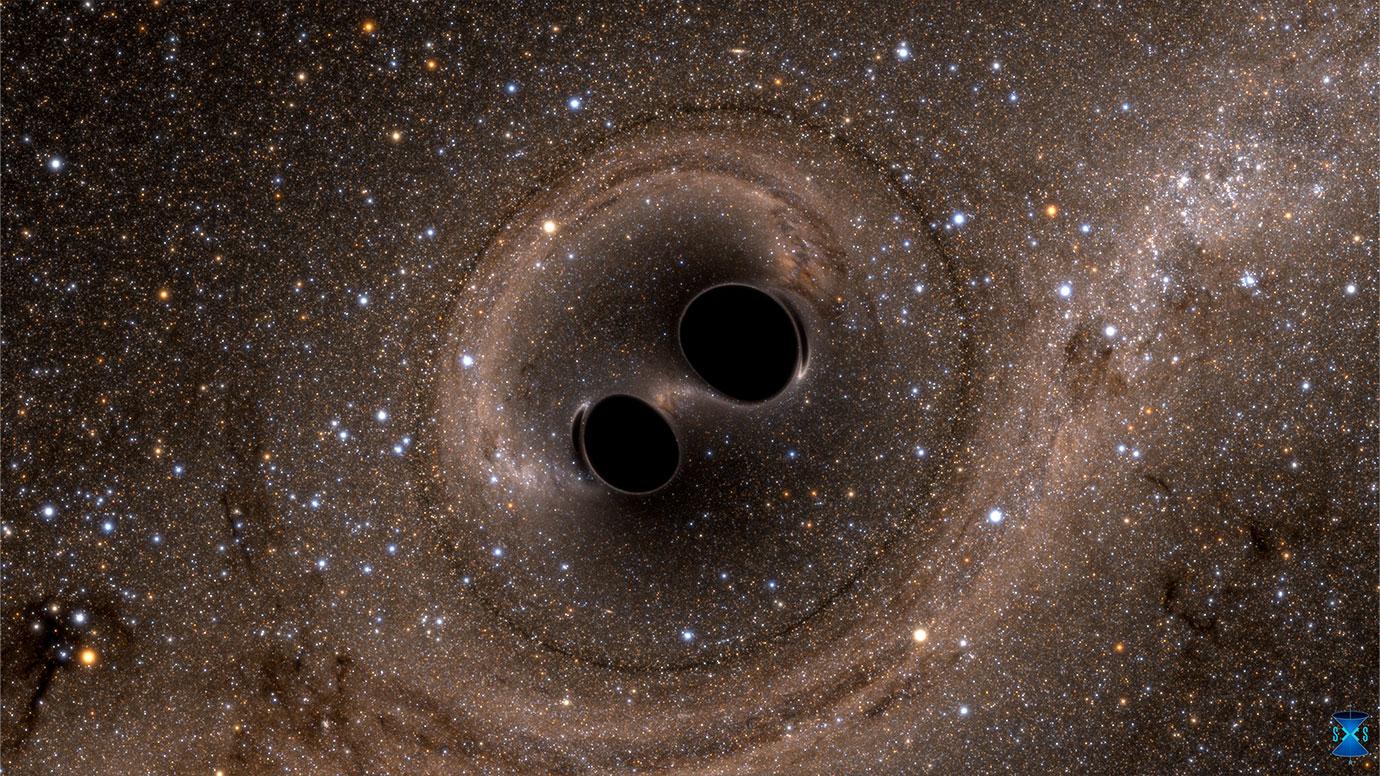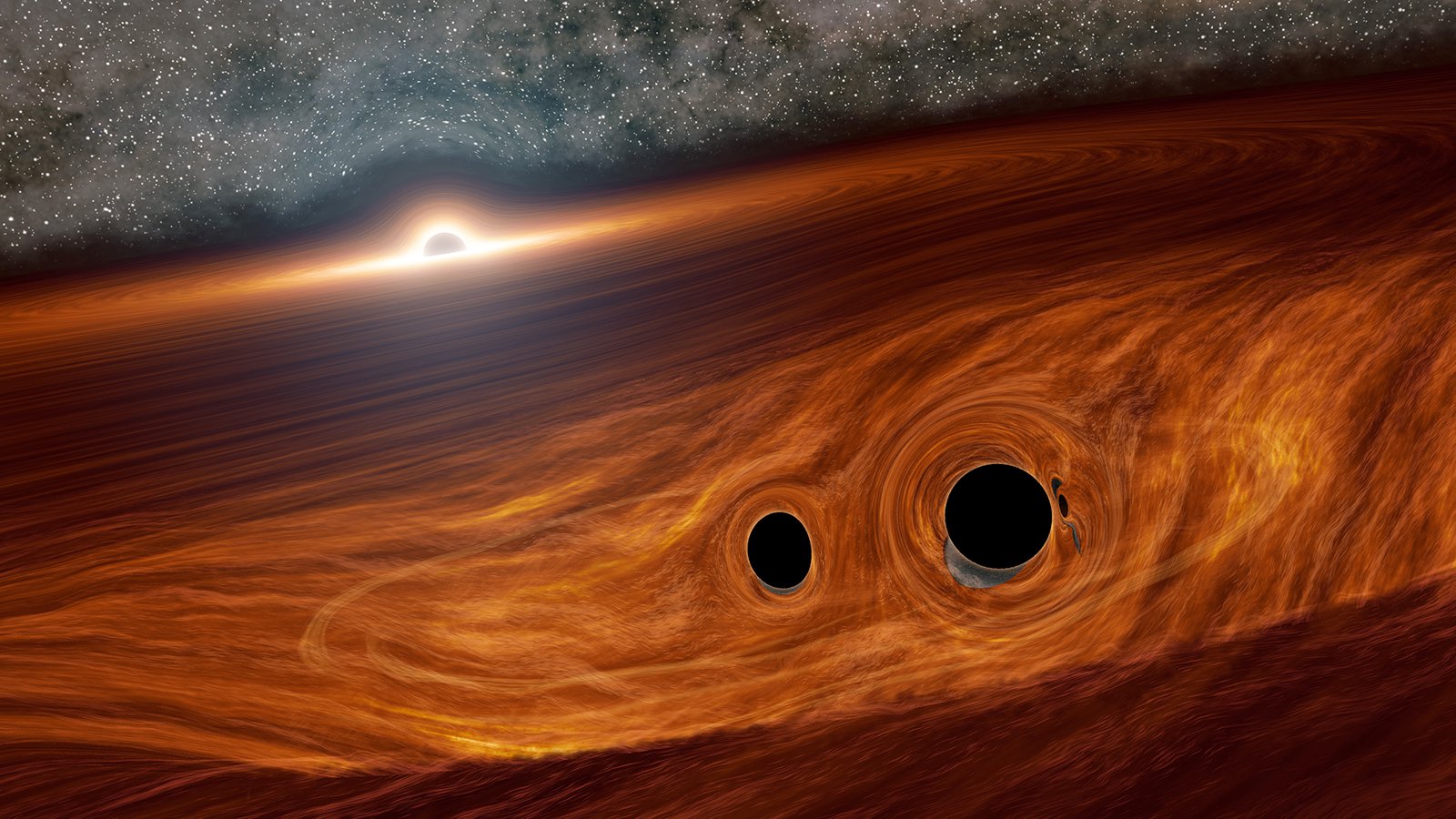When galaxies merge, we expect them to produce binary black holes (BBHs.) BBHs orbit one another closely, and when they merge, they produce gravitational waves that have been detected by LIGO-Virgo. The upcoming Vera Rubin Observatory should be able to find them before they merge, which would open a whole new window into the study of galaxy mergers, supermassive black holes, binary black holes, and gravitational waves.
Continue reading “Vera Rubin Will Find Binary Supermassive Black Holes. Here’s How.”Can a Dead Star Keep Exploding?
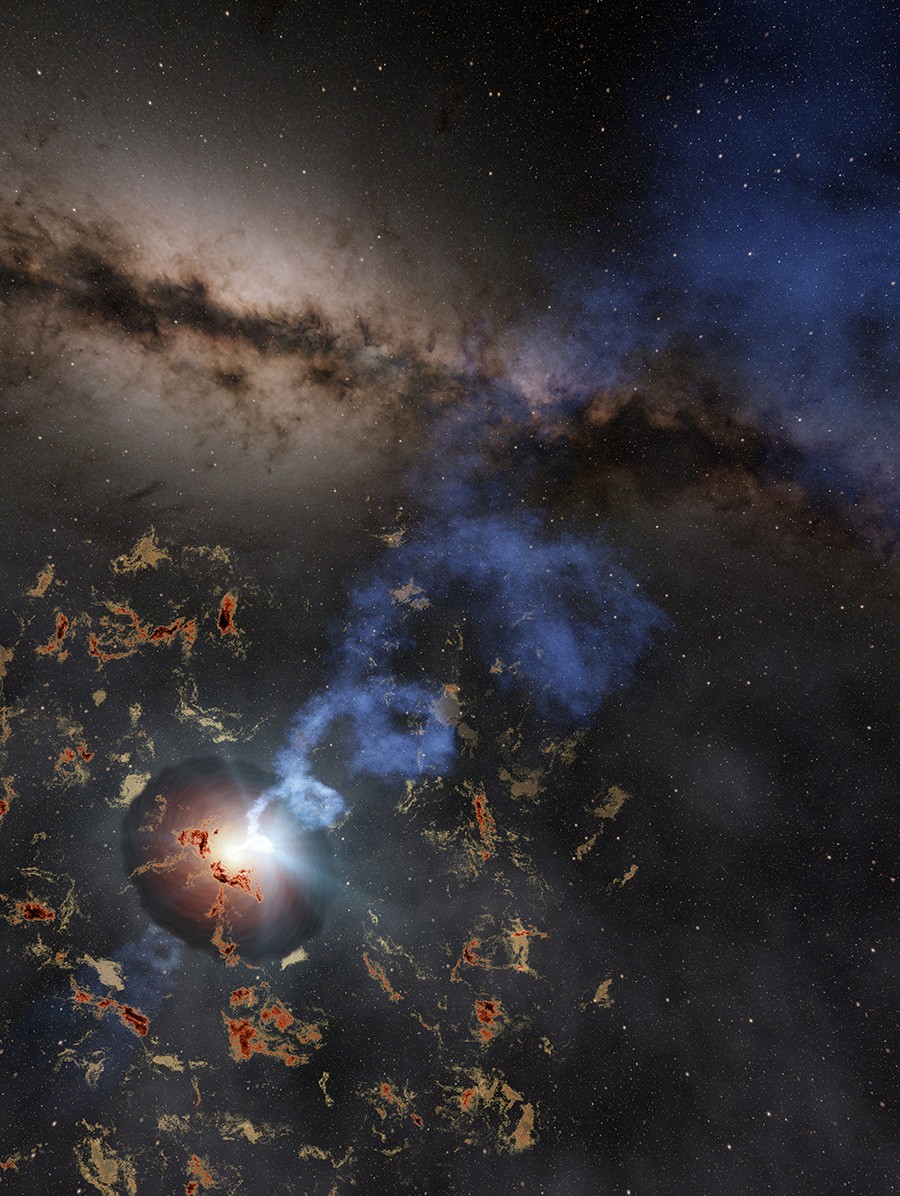
In September 2022, an automated sky survey detected what seemed to be a supernova explosion about one billion light-years away. The Zwicky Transient Facility (ZTF) spotted it and gave it the name AT2022tsd. But something was different about this supernova. Supernovae explode and shine brightly for months, while AT2022tsd exploded brightly and then faded within days.
Continue reading “Can a Dead Star Keep Exploding?”How Black Holes Consume Entropy
Entropy is one of those fearsomely deep concepts that form the core of entire fields of physics (in this case, thermodynamics) that is unfortunately so mathematical that it’s difficult to explain in plain language. But we will give it a try. Whenever I see the word entropy, I like to replace it with the phrase “counting the number of ways that I can rearrange a scenario while leaving it largely the same.” That’s a bit of a mouthful, I agree, and so entropy will have to do.
Continue reading “How Black Holes Consume Entropy”The Origins of the Black Hole Information Paradox
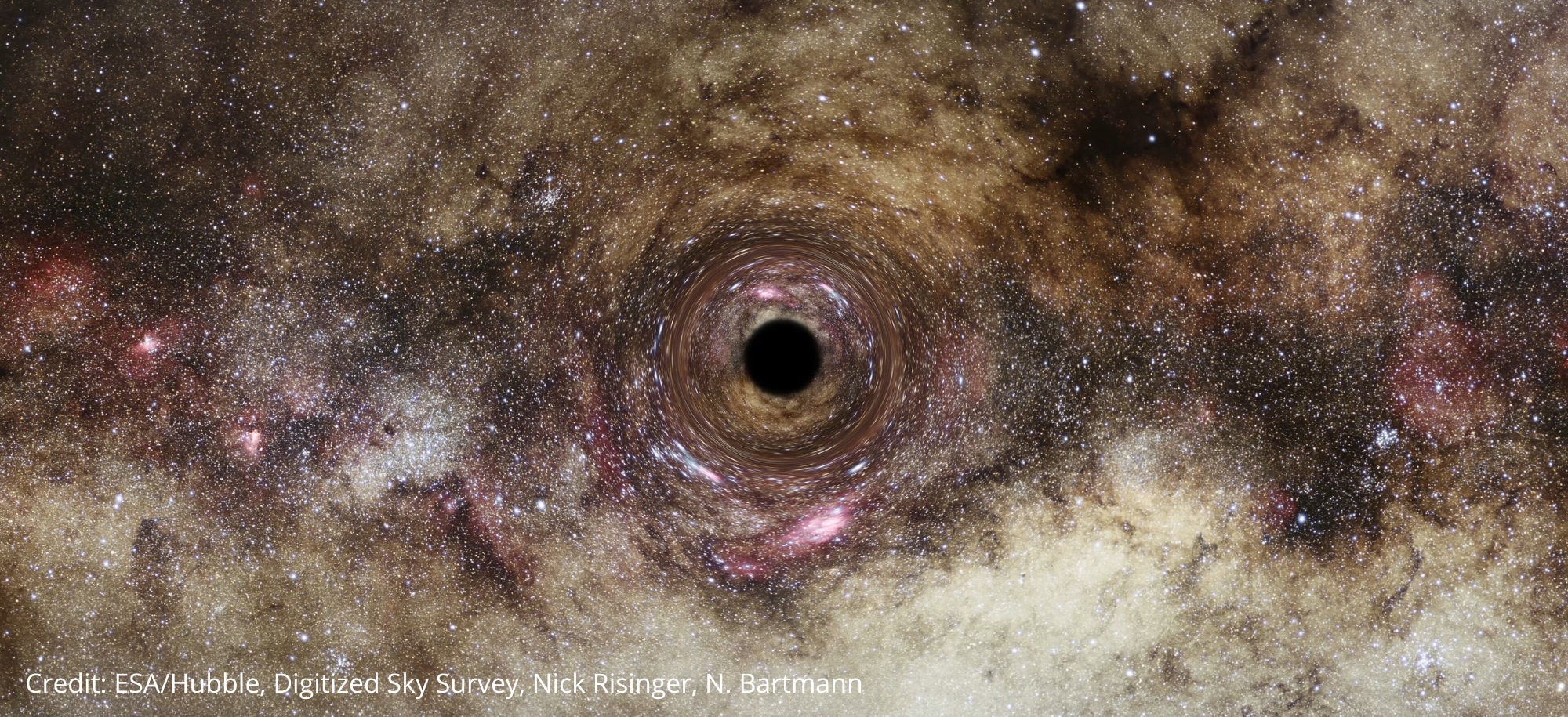
While physics tells us that information can neither be created nor destroyed (if information could be created or destroyed, then the entire raison d’etre of physics, that is to predict future events or identify the causes of existing situations, would be impossible), it does not demand that the information be accessible. For decades physicists assumed that the information that fell into a black hole is still there, still existing, just locked away from view.
Continue reading “The Origins of the Black Hole Information Paradox”The Maddening Simplicity of Black Holes
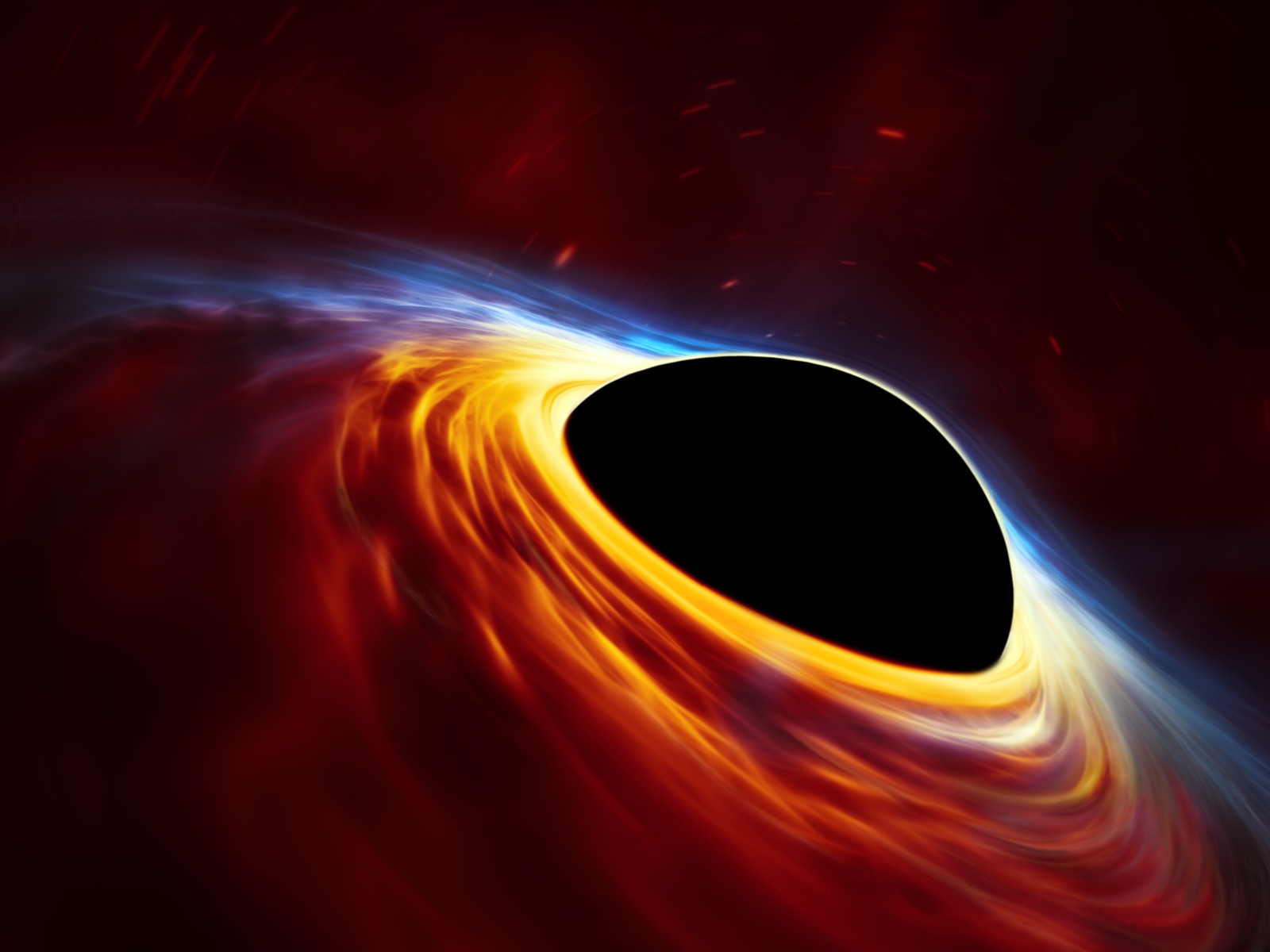
Black holes.
The name is said to come from the Black Hole of Calcutta, an infamous prison that you cannot escape from. It is a fitting name, for black holes are the ultimate cosmological prison.
Continue reading “The Maddening Simplicity of Black Holes”Growing Black Hole Seen Only 470 Million Years After the Big Bang
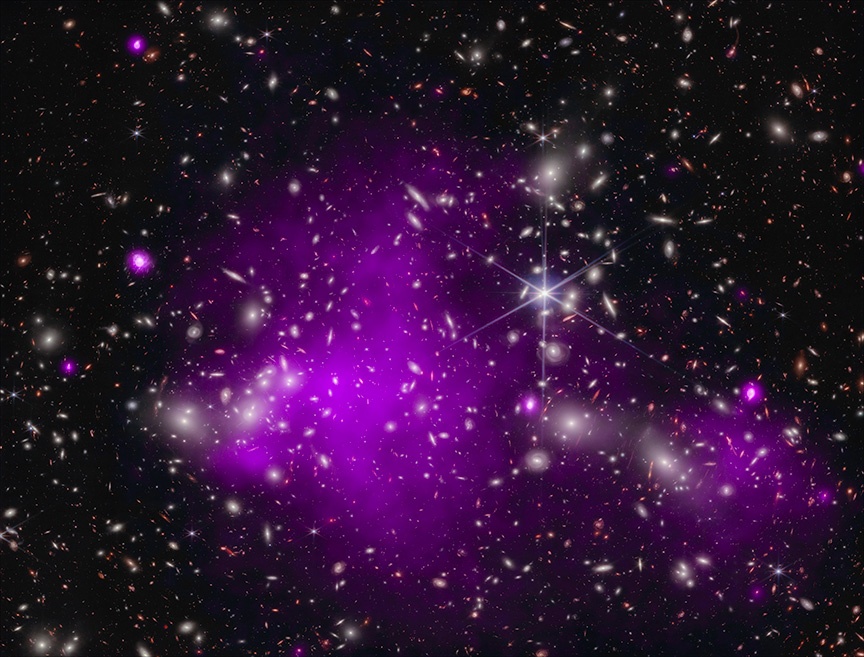
One of the big questions in cosmology asks when black holes first showed up in the early Universe. Recently astronomers discovered the most distant (and therefore earliest) supermassive black hole ever seen. It appears as it did when the Universe was only 470 million years old.
Continue reading “Growing Black Hole Seen Only 470 Million Years After the Big Bang”If We Could Find Them, Primordial Black Holes Would Explain a Lot About the Universe
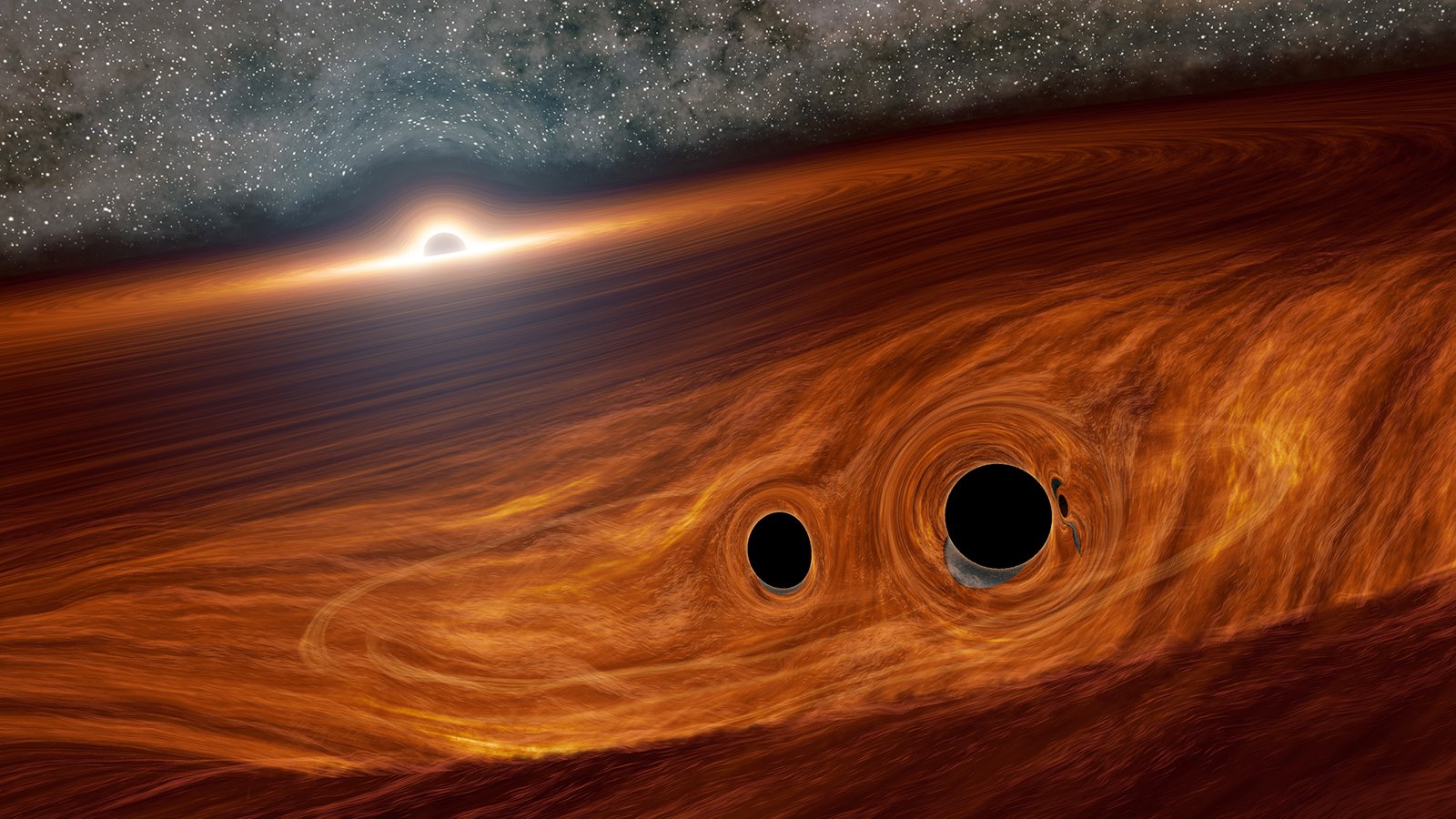
There are three known types of black holes in the Universe: supermassive black holes that lurk in the centers of galaxies, stellar-mass black holes that are the remnants of massive stars, and intermediate-mass black holes that can be found in dense clusters of stars. But there is a fourth, hypothetical type of black hole known as primordial black holes (PBHs). If they exist, they could solve a few cosmological mysteries.
Continue reading “If We Could Find Them, Primordial Black Holes Would Explain a Lot About the Universe”Sometimes Compact Galaxies Hide Their Black Holes
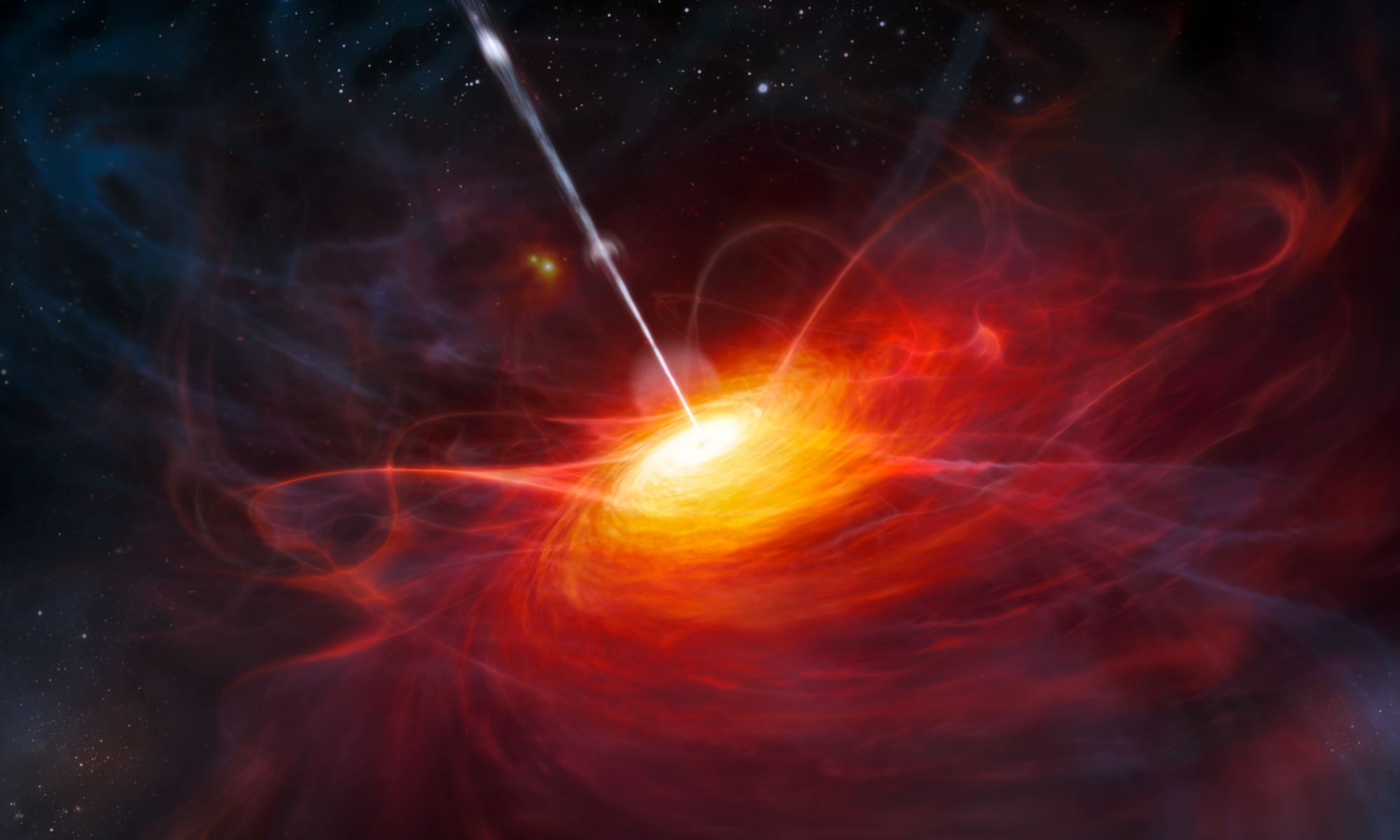
Quasars, short for quasi-stellar objects, are one of the most powerful and luminous classes of objects in our Universe. A subclass of active galactic nuclei (AGNs), quasars are extremely bright galactic cores that temporarily outshine all the stars in their disks. This is due to the supermassive black holes in the galactic cores that consume material from their accretion disks, a donut-shaped ring of gas and dust that orbit them. This matter is accelerated to close to the speed of light and slowly consumed, releasing energy across the entire electromagnetic spectrum.
Based on past observations, it is well known to astronomers that quasars are obscured by the accretion disk that surrounds them. As powerful radiation is released from the SMBH, it causes the dust and gas to glow brightly in visible light, X-rays, gamma-rays, and other wavelengths. However, according to a new study led by researchers from the Centre for Extragalactic Astronomy (CEA) at Durham University, quasars can also be obscured by the gas and dust of their entire host galaxies. Their findings could help astronomers better understand the link between SMBHs and galactic evolution.
Continue reading “Sometimes Compact Galaxies Hide Their Black Holes”Roman Could Finally Tell Us if Primordial Black Holes Exist

When the Universe erupted into existence with the Big Bang, all of its matter was compressed into a tiny area. Cosmologists theorize that in some regions, subatomic matter may have been so tightly packed that matter collapsed into primordial black holes. If these primordial black holes exist, they’re small, and they could be hiding among the population of free-floating planets.
Continue reading “Roman Could Finally Tell Us if Primordial Black Holes Exist”Next Generation Gravitational Wave Observatories Could Detect 100-600 Solar Mass Black Hole Mergers
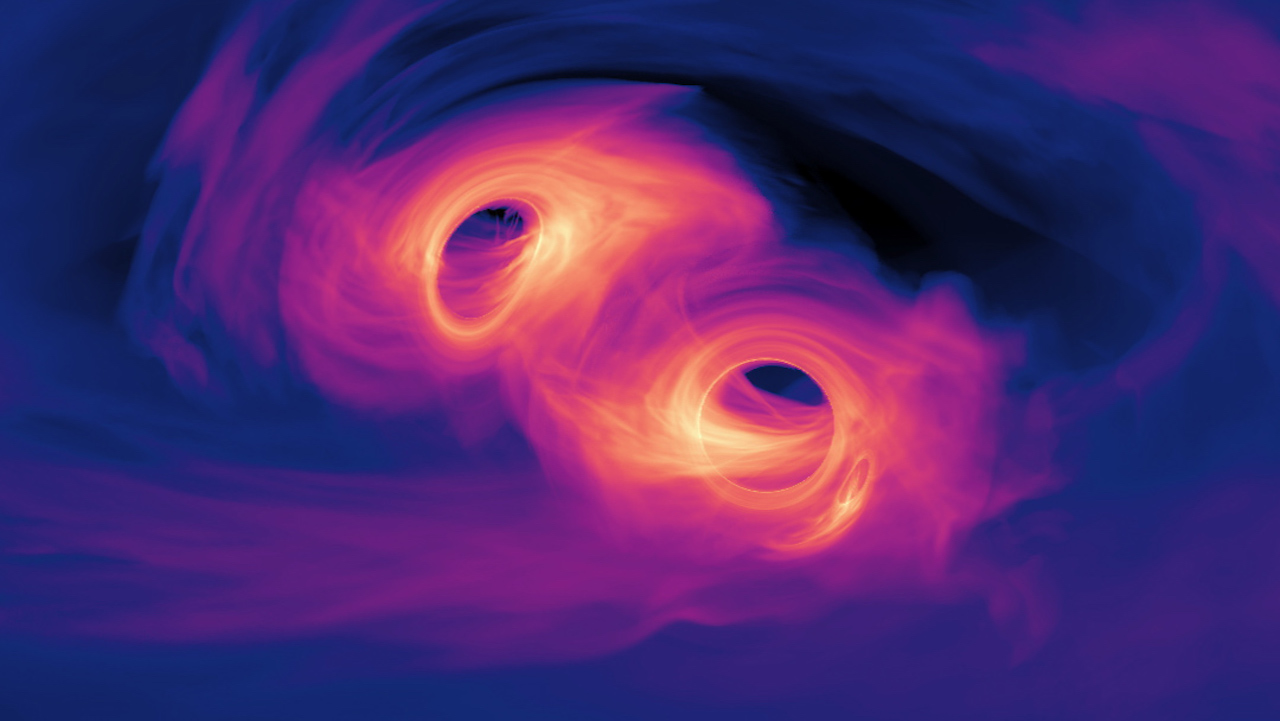
Humans are born wonderers. We’re always wondering about the next valley over, the next horizon, what we’ll understand next about this vast Universe that we’re all wrapped up in.
In 2015, we finally detected our first long-awaited and long-theorized gravitational wave from the distant merger of two stellar mass black holes. But now we want to know more, and only better detectors can feed our appetite.
Continue reading “Next Generation Gravitational Wave Observatories Could Detect 100-600 Solar Mass Black Hole Mergers”
